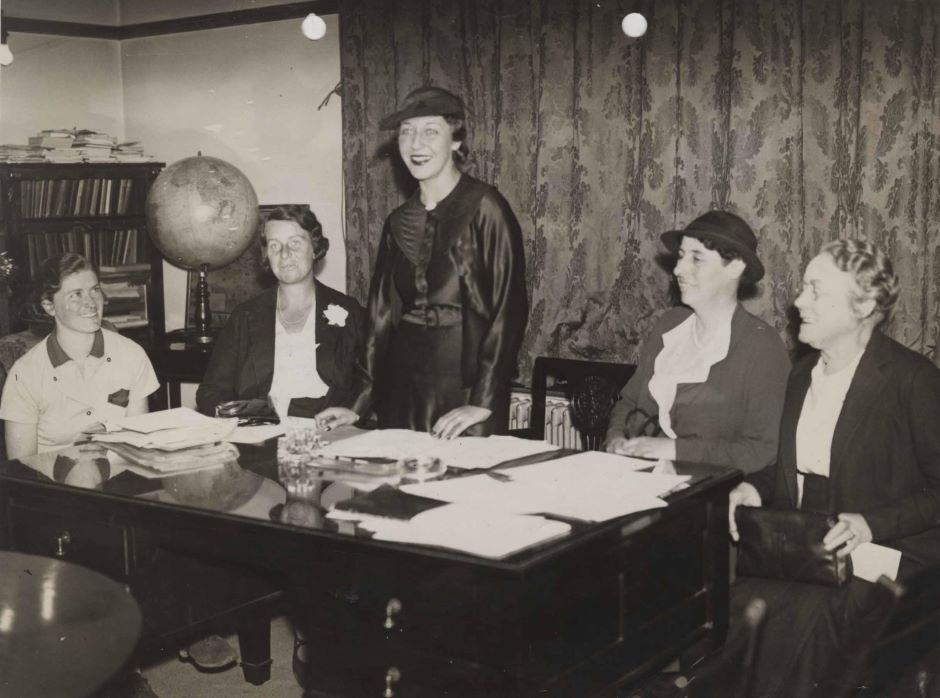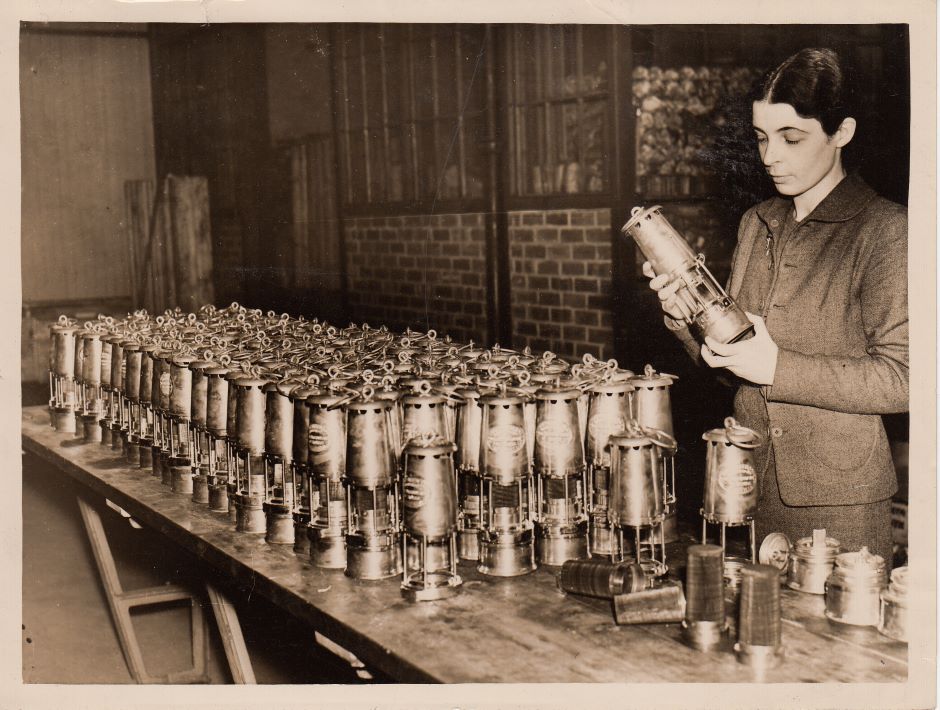WES was founded in 1919 at a time of hope for women’s equality. In 1918, some women in the UK had won the right to vote for the first time and in the workplace, female engineers had made a huge contribution to the war effort during World War I, working in munitions factories while men served in the armed forces. However, at the end of the war, the government decided that women were surplus to requirement and they had to make way for men returning from war. “WES was founded to support those women engineers who had achieved so much but suddenly found themselves unable to continue their work,” explained Donnelly.

WES continues that support in 2019 because, although the world is now a very different place for women, it’s perhaps not quite so different for women engineers. Figures from Engineering UK in 2018 show that only just over 12% of the engineering workforce is women and only 7% of engineering apprentices are female. Donnelly believes there are some key areas where things need to change if, as a country, we are going to plug the engineering skills gap and attract more women into the sector.
Education first
If she had the chance Donnelly admits she would completely change the UK education system. “The government’s stated ambition is to see 75% of students studying the English Baccalaureate (EBacc) subject combination at GCSE by 2020. But the EBacc was first introduced as part of secondary education in 1904. Why are we educating children for a world that existed 115 years ago when their world is so different? I’d replace GCSEs with a much broader curriculum for 14-18 year-olds to include science, maths, English, languages and humanities. There would be pathways within that so that those who are more scientifically and mathematically able would be guided in the right direction, but that wouldn’t be gender specific. It would mean that children wouldn’t have to choose GCSE subjects at an age when they have little understanding of how those choices might shut down career options later.”
Cristina Sanchez Styles, a civil engineer who specialises in aviation and works at global infrastructure services firm AECOM, studied engineering at the University of Granada. Her Spanish education reflects Donnelly’s vision for the UK. “In Spain, you study a wide range of subjects until you’re 16 and then choose a package of subjects for your final two years. Each package corresponds to a set of careers at university and prepares students well.”
Careers advice
More Effective careers advice - ideally from those with some experience of industry - could also make a big difference and help girls and young women understand what’s possible when it comes to an engineering career said Donnelly. “More employer interaction in schools, particularly before students make important choices, is vital. Students suddenly begin to see the potential of an engineering career, rather than just thinking that if they study physics, they can only be a physics teacher. The other great thing that happens when you send employers into schools, particularly to talk to young women, is that they’re absolutely blown away by their talents and their spark.”

Flexibility is the future
Once women move into engineering, whether it’s a degree course or an apprenticeship, WES aims to support them right through until retirement to try and avoid what it calls the ‘leaky pipeline’, the points when women are more likely to drop out of their engineering careers. One of Donnelly’s big concerns is lack of flexibility from employers, when women need it most. “There are lots of reasons why both women and men might need a career break and it’s not just about maternity leave and childcare. Some employers won’t consider part-time working or more flexible hours and so they lose talented – and expensively trained - female engineers. I’ve said to numerous big companies that manufacturing is now a 24-hour, 7-day a week business and they should be able to make the hours work for everyone. If you can get a woman’s hours to work for her caring commitments, you’ll see increased motivation and loyalty to the company and high returns for what has been spent on her training.”
INWED
It seems that WES and International Women in Engineering Day (INWED) is still very much needed 100 years on. “INWED is an annual celebration of the achievements of women engineers around the world, which increases awareness and interest in the engineering sector,” said Donnelly. “We want to show girls and women the potential of an engineering career and employers the benefits that a diverse workforce brings.”
More information about INWED19 celebrations is available at www.inwed.org.uk.




Swiss geoengineering start-up targets methane removal
No mention whatsoever about the effect of increased methane levels/iron chloride in the ocean on the pH and chemical properties of the ocean - are we...